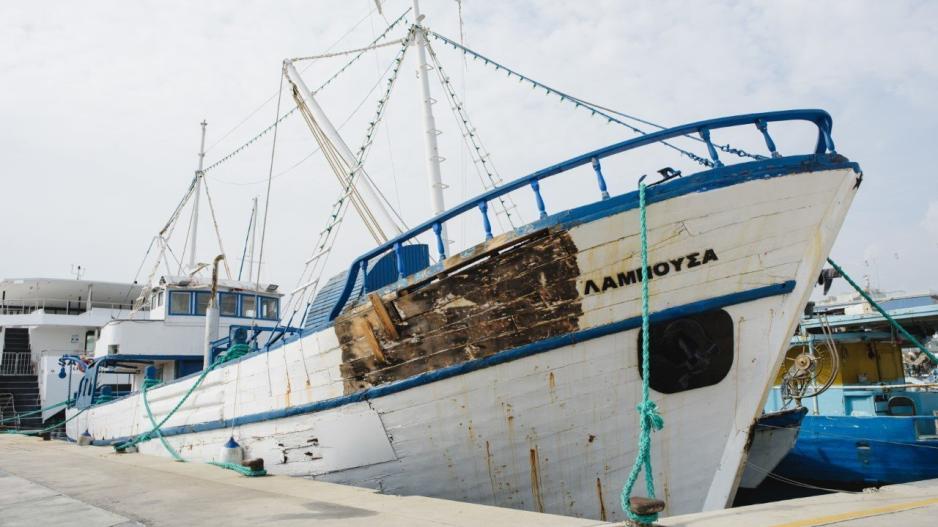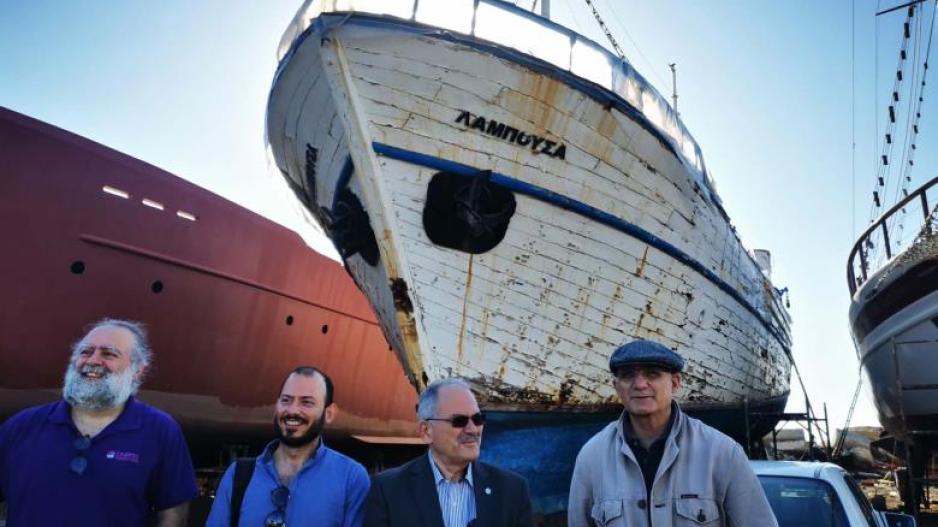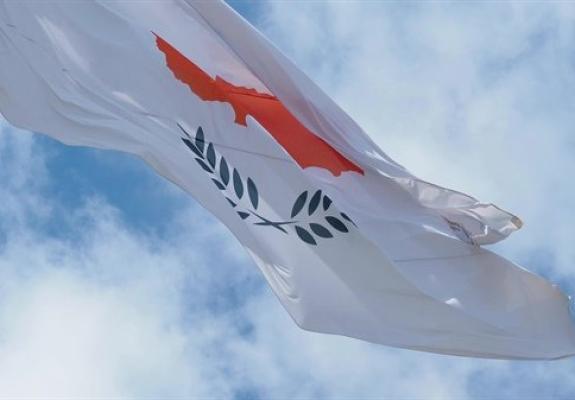Limassol Municipality Partners with DHRLab to Digitally Document a Vital Piece of Cypriot History
Digital Restoration of the "Lambousa" Fishing Vessel
The Limassol municipality has enlisted the Digital Heritage Research Lab (DHRLab) at the Cyprus University of Technology to comprehensively document the "Lambousa" fishing vessel, aiming to digitize, protect, and preserve its history, as stated in a university press release.
The Lambousa, a significant element of Cypriot fishing tradition and industrial heritage, was constructed in Perama, Piraeus, Greece, in 1955. Renamed upon its arrival in Cyprus at Famagusta in 1965, this 25-meter vessel, with a 48-ton capacity and a top speed of 10 knots, spent 50 years fishing in the eastern Mediterranean before its decommission in 2004.
The press release notes that the DHRLab, which houses the EU-funded H2020 ERA Chair, the MNEMOSYNE Project, and the UNESCO Chair on Digital Cultural Heritage, has a longstanding partnership with the Municipality of Limassol. The project is committed to digitally capturing cultural heritage in 3D, enriched with historical, environmental, and societal contexts, offering a comprehensive view of an object’s past.

The MNEMOSYNE team, typically working with monuments and museum artifacts, has ventured beyond their usual scope with the Lambousa. They have created a three-dimensional model of the fishing vessel, utilizing interior and exterior surveys conducted through laser scanning and photogrammetry.
The digital reconstruction of the Lambousa holds significant value not only for historians, as it represents the oldest and last of its kind in Cyprus, but also offers crucial technological, engineering, and contractual insights. This work contributes to the physical restoration of a unique piece of Cypriot heritage, marking a significant point in the island's contemporary history, as highlighted by the university in its press release.






